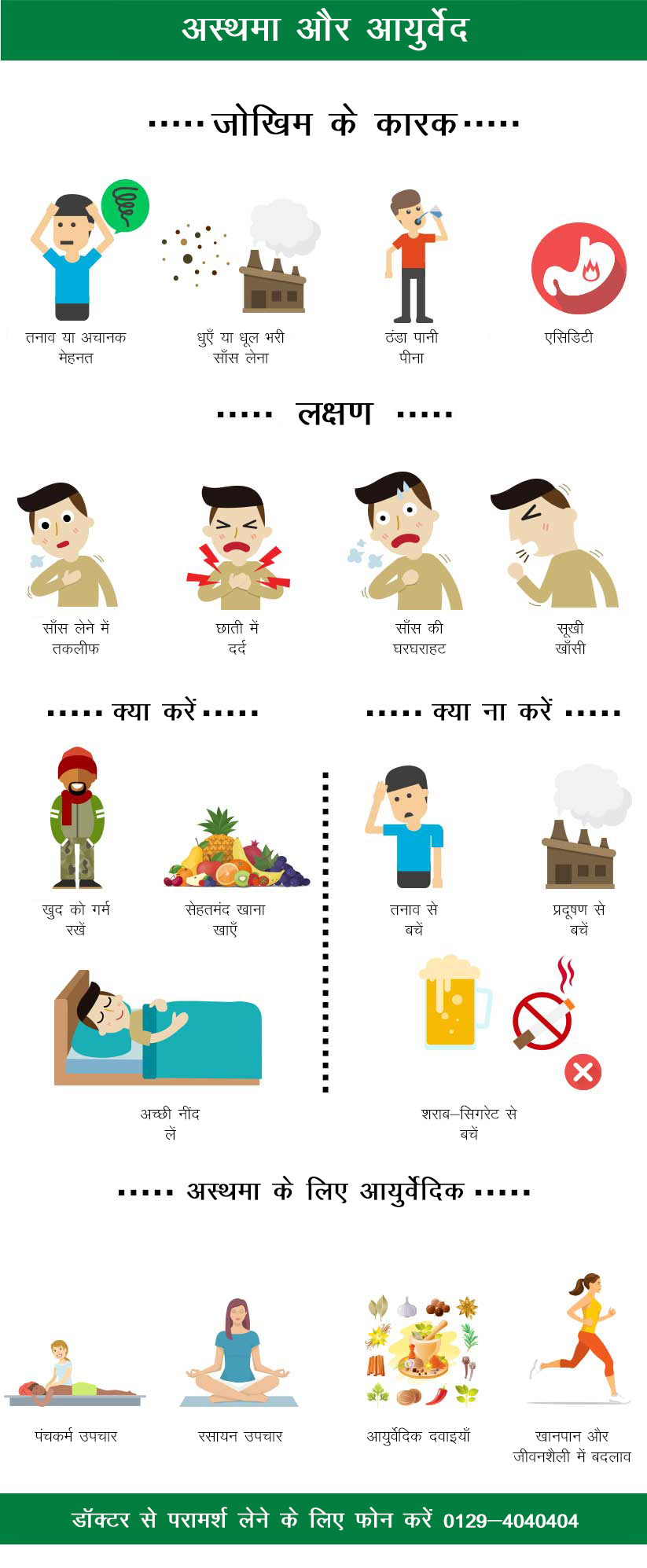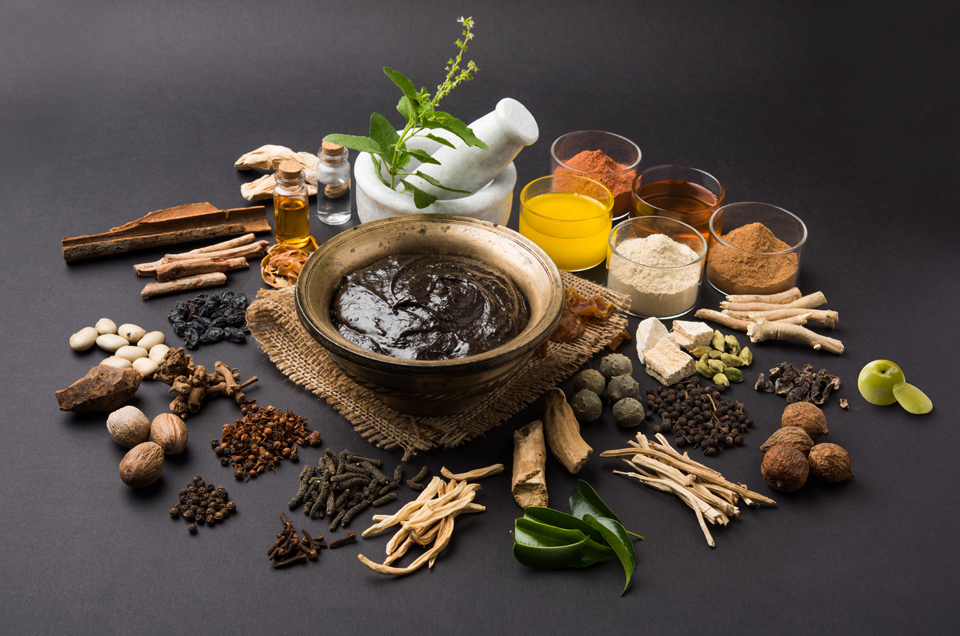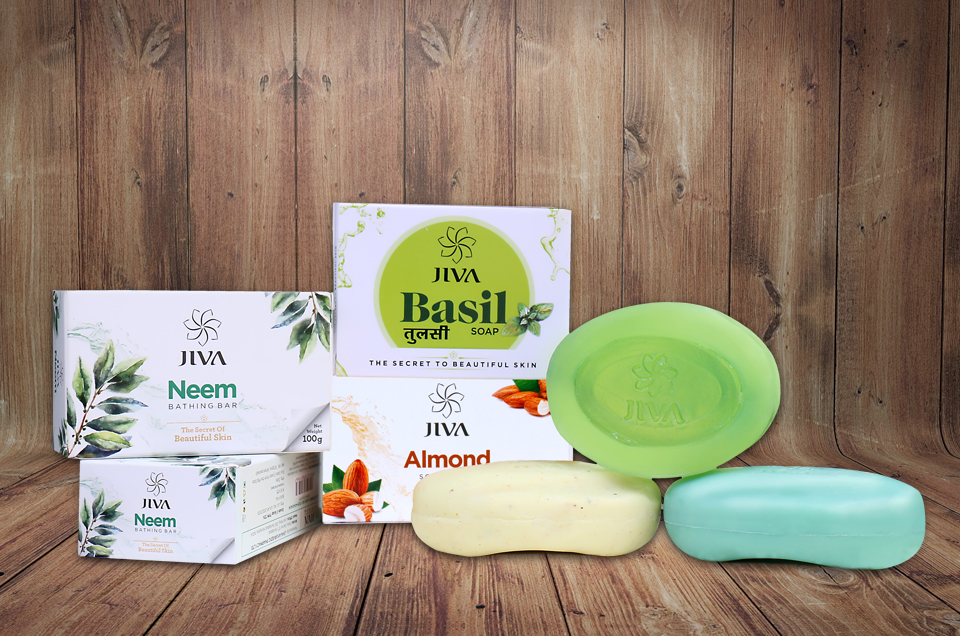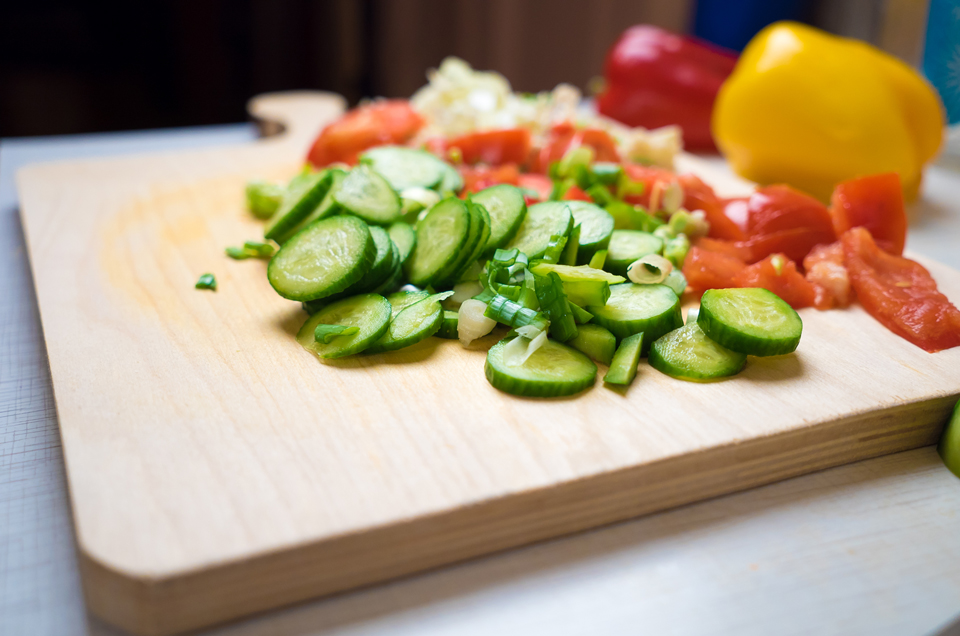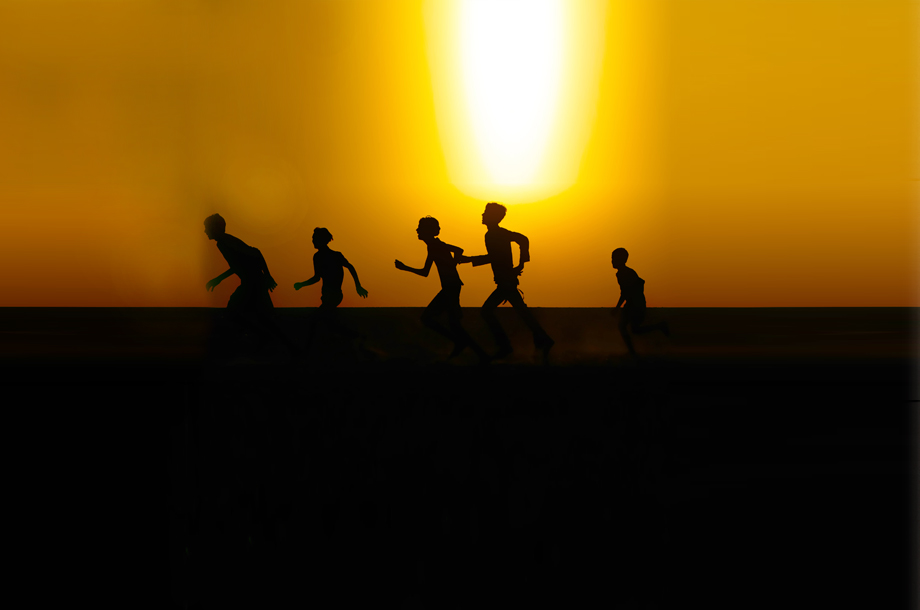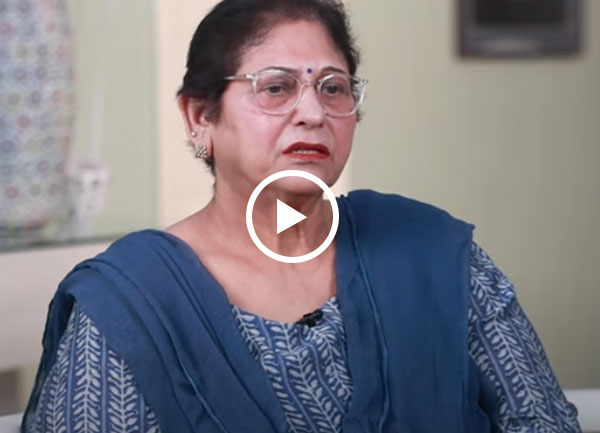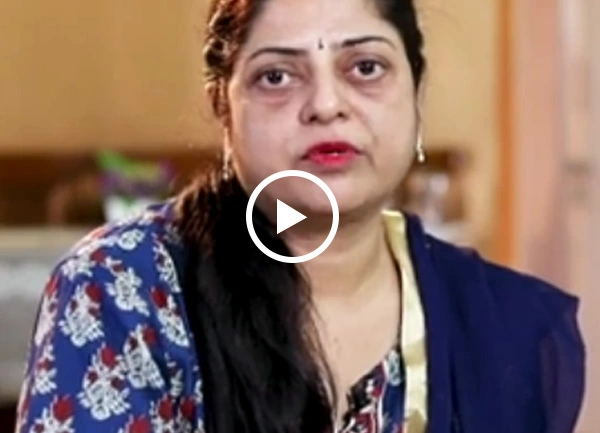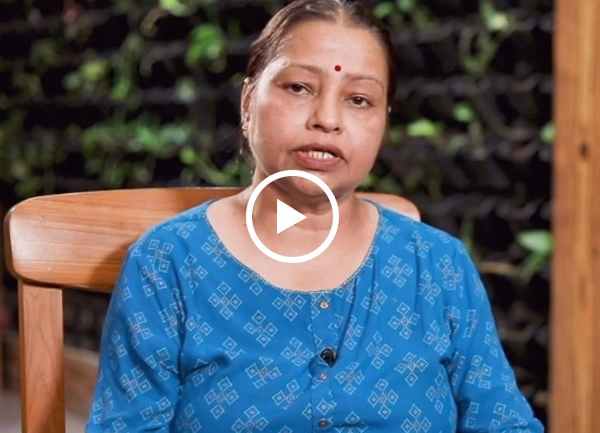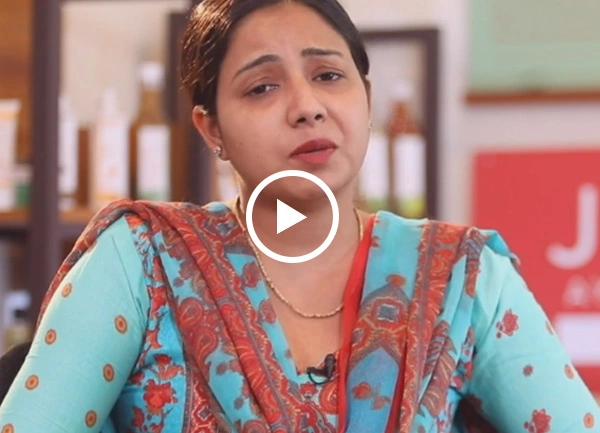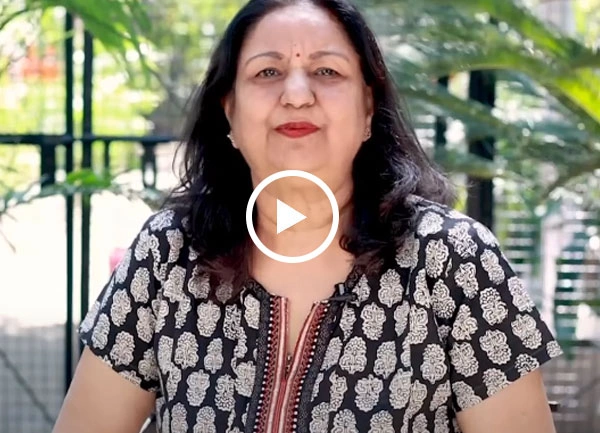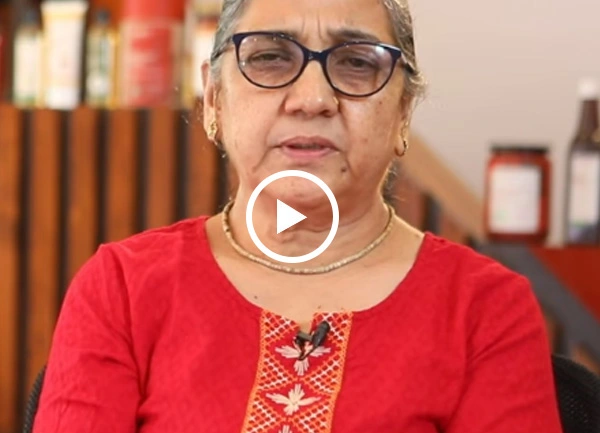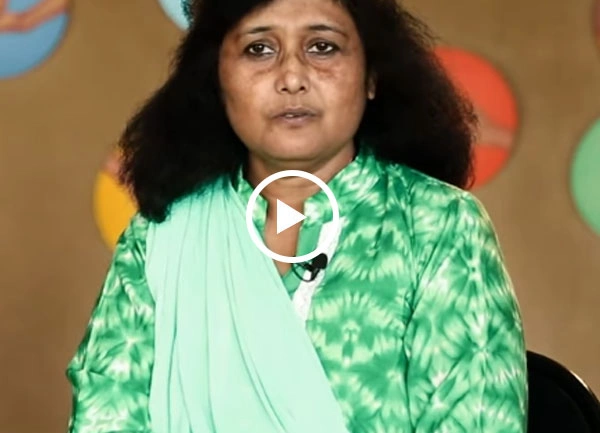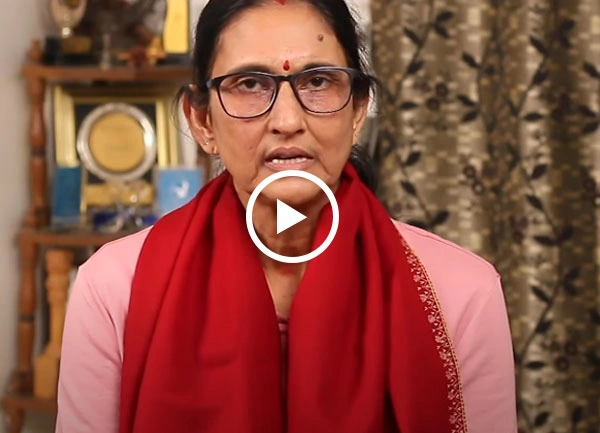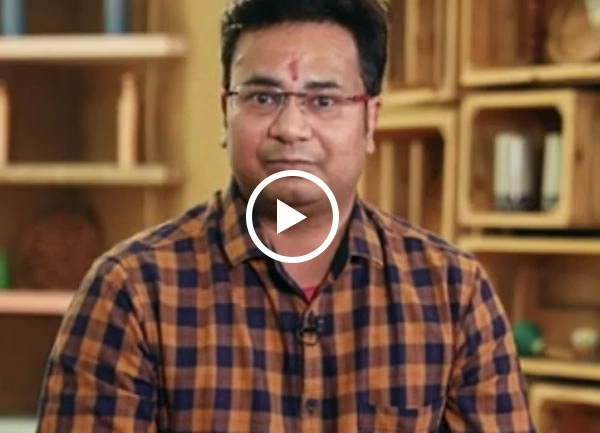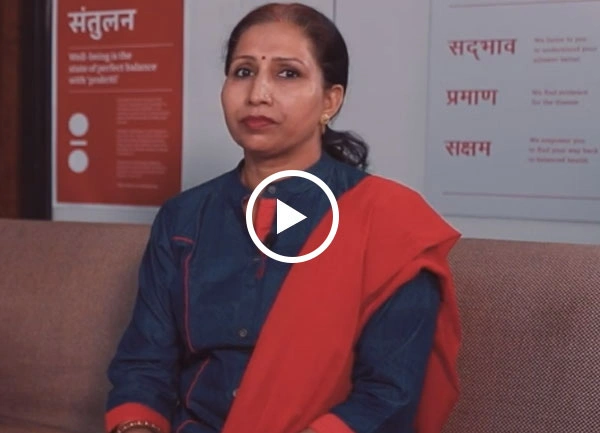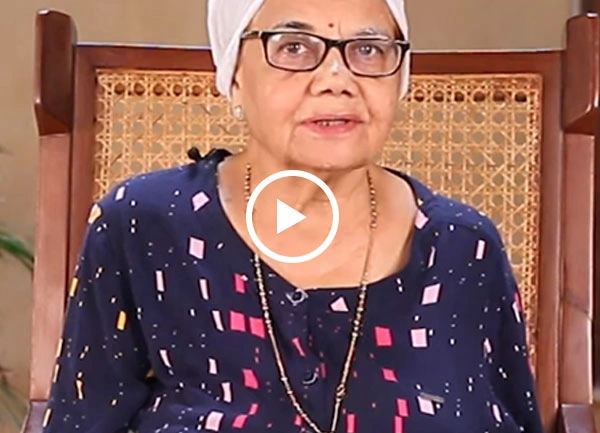Highlights
-
Alochaka Pitta represents the eyes.
-
Bhrajaka pitta is primarily concerned with the skin.
-
Sadhaka pitta governs emotion, memory and intelligence and is seated in the heart.
-
Pachaka pitta is largely responsible for digestion and assimilation of nutrients
-
Ranjaka pitta represents the liver and blood.
According to Ayurveda, teenage is the pitta phase of life. During this phase, a person goes through mental, physical, and emotional transformation. In our body, pitta regulates the digestive system, therefore it’s important to balance pitta dosha along with its 5 subdoshas.
Alochaka Pitta
-
Represents the eyes.
-
Incorporate a variety of colourful fruits and vegetables in your diet to balance it.
-
Every morning massage your eyes with almond oil.
Bhrajaka pitta
-
Primarily concerned with the skin, which is sensitive during the teens.
-
Regularly apply aloe vera on your skin.
-
Avoid pitta aggravating foods, like fast food or fried items.
-
Spend some time in the morning sun
Sadhaka pitta
-
Governs emotion, memory and intelligence and is seated in the heart.
-
This subdosha is highly vulnerable in teenagers and can be negatively influenced by an irregular routine and violence seen in movies and video games. It leads to the development of negative emotions.
-
Eat juicy fruits like pears and watermelon, raisins.
-
Indulge in regular outdoor sports and pranayamas.
Pachaka pitta
- Responsible for digestion and assimilation of nutrients
-
Smooth working of the stomach and small intestines is important to keep Pachaka pitta balanced.
-
Eat cooling and nutritious meals. Squash, mung daal, lassi should be a regular part of the diet.
-
Spices such as haldi, jeera, dhaniya and methi should be consumed.
-
Go for walks after meals.
Ranjaka pitta
-
Represents the liver and blood.
-
It is vulnerable to ama (toxins) that, when accumulated, can lead to skin and blood disorders.
-
To balance the ranjaka pitta, eat foods that support the liver, for example, mooli (Radish), loki (white gourd)
-
Haldi functions as a detoxifying agent for the liver and should be used generously in all meals.
For more advice about more Ayurvedic diet and lifestyle, consult a Jiva doctor today. Dial 0129-4040404 or click on ‘Speak to a Doctor’ under the CONNECT tab in Jiva Health App.




